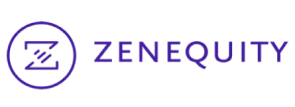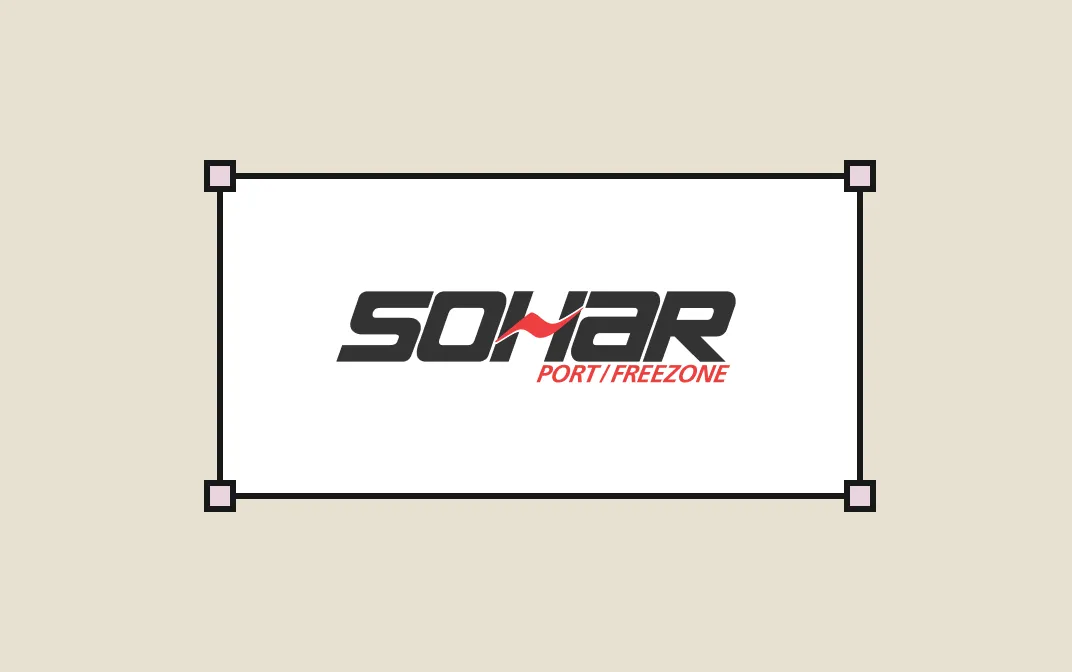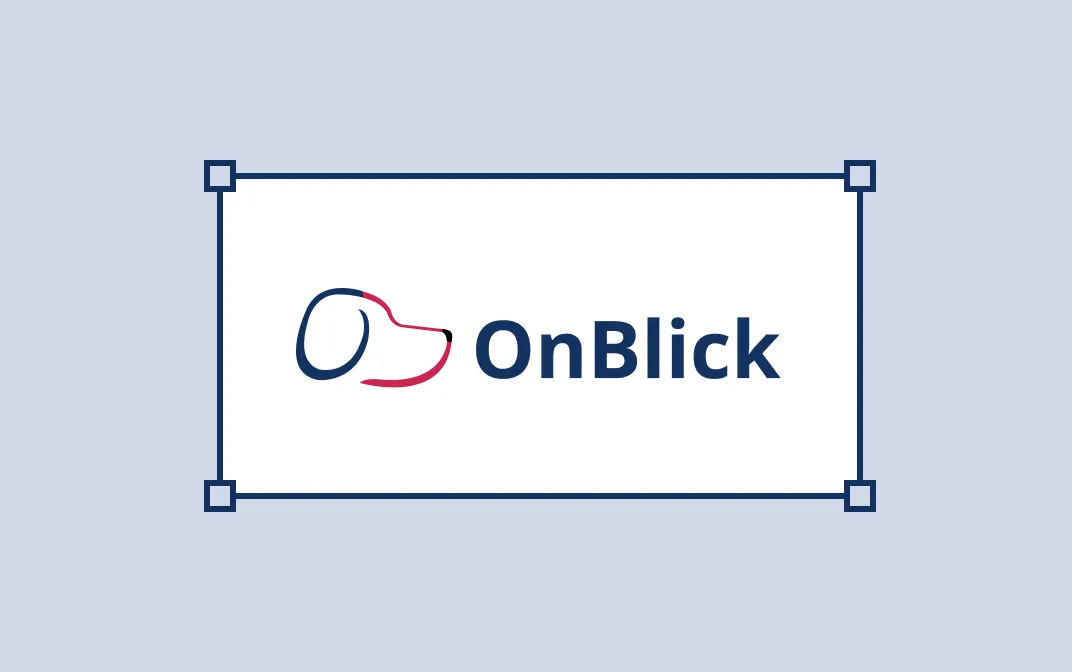

The Company
ZenEquity is a hot-off-the-press digital platform that stepped onto the scene in March 2019. It works as a virtual “wallet” that companies can use to issue employee stock options (ESOPs) to their team, and a tool for employees to manage and track their portfolios. ZenEquity mainly works with middle-stage startups that have been around for a few years, with teams of 200 to 1,000 people.
The Challenge
ESOPs are an increasingly popular employee benefit plan in the startup world, but they require an incredible amount of organization to execute. As with most other financial transactions, ESOPs are underpinned by tons and tons of compliance paperwork – so ZenEquity’s Engineering Lead, Mayur Virendra, needed a cutting-edge method for handling the mountain of sensitive documentation that was going to be passed between companies and their employees via ZenEquity. Not only that, but it needed to be as efficient as possible to avoid stalling creating unnecessary roadblocks.
"The [ESOP] workflow involves a lot of legal documentation, document signing, and execution. A step [in the process] can only be completed once a certain document has been signed," he said. "Typically, it's a grant letter* that needs to be signed by the company, the user, or sometimes, by their spouse."
Since ZenEquity is a web-based solution, Virendra knew right off the bat that he needed to find a compatible eSignature solution. However, he didn’t want to take on the herculean task of coding something in-house, so he set off to find the ideal API integration.
In brief: what is an eSignature API?
An API is raw open code – in this case, for the Signeasy software – that any developer can embed into their product. Instead of building their own eSignature tool, they can simply integrate our software’s existing capabilities to be used natively. For example, if a developer chose to integrate our API into an HR recruitment software, the process of signing an offer letter would be embedded into their own platform, and therefore “powered by Signeasy.”
The Solution
The first impression
The Signeasy API turned out to be a perfect fit for ZenEquity in every way. Not only were our Bengalore-based advisors by their side every step of the way, but our thorough documentation and easy-as-pie integration process were huge selling points as well.
Embedded signing
“The embedded signing piece is the most helpful piece for us because we don’t want anything to be happening via mail,” said Virendra. “It’s all on our platform.” Using our API, ZenEquity turned their software into an A to Z hub for ESOP. Once a grant letter is complete, ZenEquity creates a PDF document and sends it to Signeasy, where a signature request is created. When employees receive their PDF grant letter via email, all they need to do is click an “accept” button that opens a pop-up window containing the signable document. Once they sign, the window closes, and the grant is accepted. The entire process happens within ZenEquity’s interface; it’s simply powered by Signeasy. “For the user, the experience is just clicking a button and signing it,” said Virendra. “That completes the flow for us.”
Local support
These days, it’s a rare treat to receive first hand training from a partner or supplier – but ZenEquity can count themselves among the lucky few. Virendra explained that he was able to actually visit our Bengaluru office (which isn’t far from their own) and learn all about the API integration process, which was especially useful given that his product was also brand-new. “We didn’t know much at the start, but when we met with Signeasy and talked about our use cases, we got a lot of solutions,” he said.
A turnkey solution
Virendra lauded Signeasy as a totally out-of-the-box solution that was incredibly easy to integrate. Whatever ZenEquity needed to get the job done, we already had it ready to go. “We didn’t require any custom development,” he said. “What was available with Signeasy was able to solve our problem, so we didn’t require anything special.” With no snags or roadblocks in sight, the entire API integration took just one month to complete.
Client-specific formatting
ZenEquity works with tons of companies, and each one has their own carefully thought-out branding and legal underpinnings. Using our API, they were able to store a different grant template for each client, with unique letterheads and legal content depending on their specific requirements.










